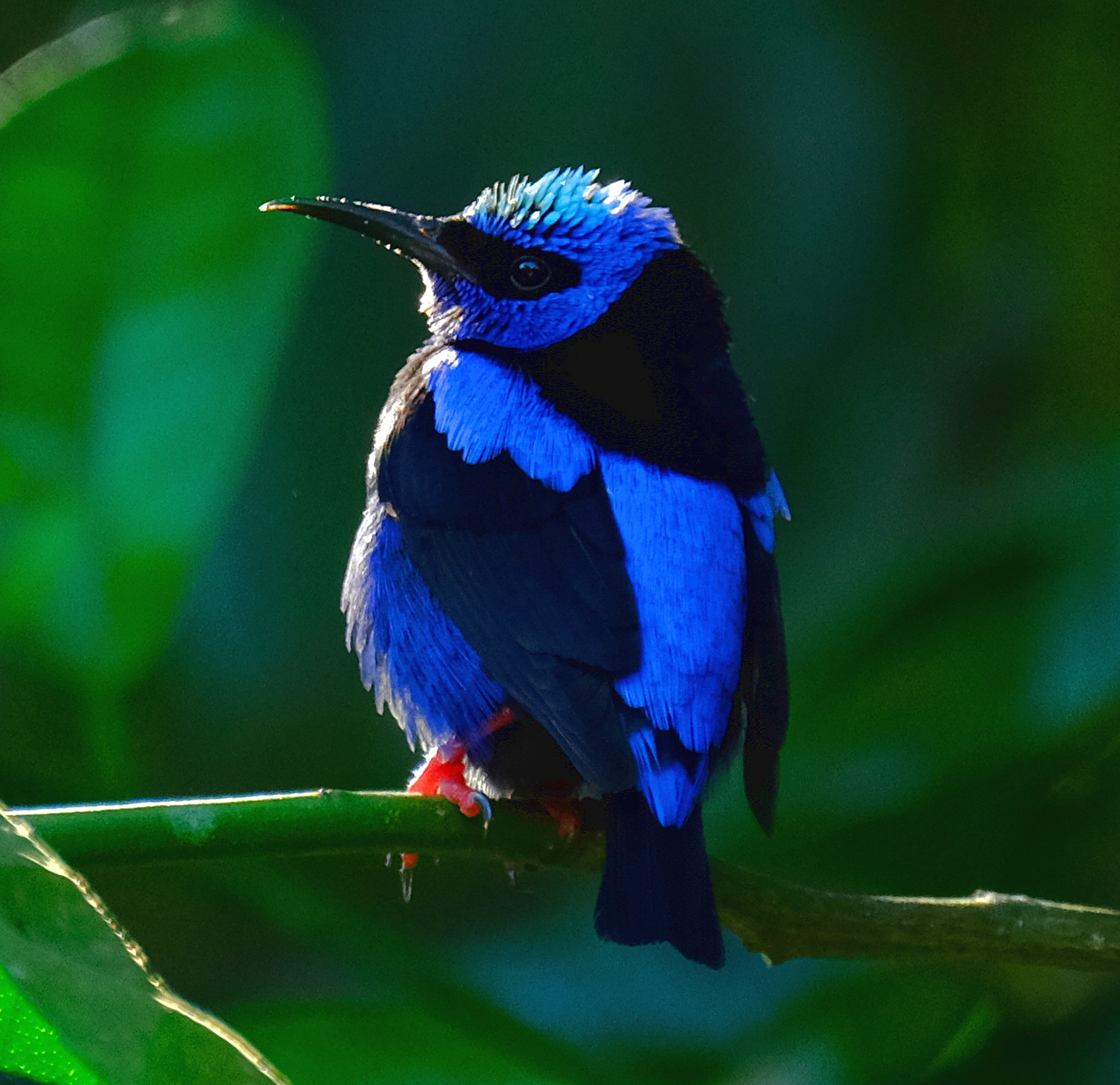The Red-legged Honey Bunting, scientifically referred to as Uraeginthus ruberrimus, is a stunning species of bird that can be observed in various regions of Asia. Belonging to the finch family, this bird is also recognized as the African Silverbill and Red-billed Silverbill. Its radiant feathers make it a delight for all bird lovers and nature enthusiasts to behold.

The Red-legged Honey Bunting is a small bird, measuring about 10-11 cm in length and weighing around 9-12 grams. One of its distinguishing features is its short and cone-shaped red beak. The males have a striking blue head and neck, along with a black patch around the eye and a red patch on the lower part of their throat.

These small birds have a diverse appetite which includes seeds, insects and nectar. These birds are known as “Honey Buntings” because of their fondness for nectar from flowers. They are equipped with a specialized tongue that enables them to extract nectar from flowers easily. They also relish seeds and insects found on the ground.
From March to August, the Red-legged Honey Bunting indulges in breeding activities. To attract female partners, male birds put up a show. Once a pair is formed, they build a nest using twigs and grass, shaped like a cup. The female lays two to four eggs that are incubated for about 13 to 14 days. The baby birds are fed and taken care of by both parents who take turns in incubating them.

The Red-legged Honey Bunting has been classified as a Least Concern species by the IUCN. However, their population is suspected to be dwindling due to the loss and fragmentation of their natural habitat. Nevertheless, these delightful birds can still be spotted in diverse habitats throughout Asia.
The Red-legged Honey Bunting is a fascinating bird that can be found in different parts of Asia. With its colorful plumage, fondness for nectar, and unique tongue, it is certainly a bird worth watching. Although their habitats are being destroyed, these birds are still prevalent and are considered a species of Least Concern by the IUCN.



